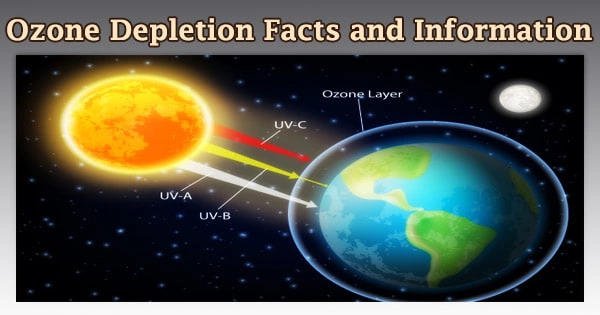Long ages of erosion, perhaps millions of years, have produced the beautiful river valleys we see on Earth. Things appear to move much more quickly on Mars. Flooding from overflowing lakes appears to be responsible for around a quarter of all river valley erosion. Lake breach floods were a crucial factor in creating the surface of Mars, according to a study published in Nature. In just a few weeks, these events eroded enough silt to fill Lake Superior and Lake Ontario. In terms of volume, Lake Superior is the third-largest in the world.
Many of Mars’ huge craters could carry an ocean’s worth of water when it was wet over 3.5 billion years ago. A catastrophic occurrence like water overflowing the rim of such a crater would transform the surrounding landscape. The new study examines the impact of 262 breached lakes on the Martian terrain.
“When we think about how the material was transferred over the landscape on ancient Mars, lake breach floods were a pretty important activity globally,” said lead author Tim Goudge, an assistant professor at the University of Tennessee’s Jackson School of Geosciences. “And because they’ve been thought of as one-off anomalies for so long, this is a bit of a shocking discovery.”
According to the experts, there are two types of river valleys on Mars: those that begin near a crater and those that begin elsewhere, the former account for only 3% of the valley’s total length. They do, however, appear to be responsible for 24% of the volume of river valleys on Mars.
“The fact that outlet canyons are substantially deeper than other valleys accounts for this mismatch,” said study co-author Alexander Morgan, a research scientist at the Planetary Science Institute. River valleys from breached craters have a median depth of 170.5 meters (559 feet). That is more than twice the depth of the slow-carved river valleys, which average 77.5 meters (254 feet). It demonstrates how different Mars was from Earth, where craters have gradually faded due to the acts of the elements and the biosphere. On Mars, however, this has not occurred.
“There’s a lot of stored energy there to be unleashed when you fill [the craters] with water,” Goudge added. “It makes reasonable that Mars would be more shaped by catastrophism than the Earth in this scenario.”















